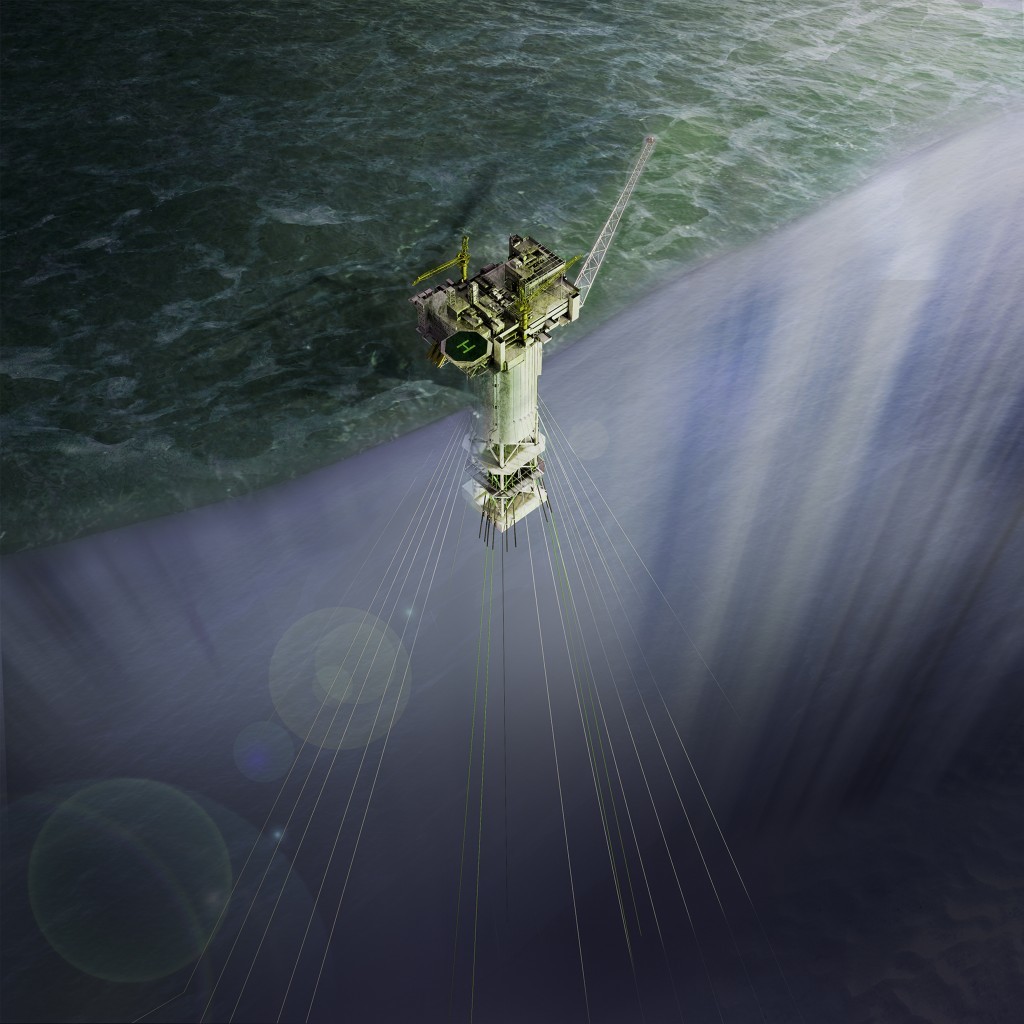
Statoil is gearing up to tackle Norway’s deepest development by more than 50%.
In depths more native to the Gulf of Mexico, the Norwegian operator’s Aasta Hansteen project will reach a final depth of 1,300m.
Project manager Helge Hagen said: “That’s 50% deeper than anything we have ever seen in the NCS.
“It’s not unique in terms of depth in the world. We know the Gulf of Mexico has depths that are much deeper but the Gulf of Mexico does not have the harsh weather conditions the NCS has.”
A combination of strong currents and temperatures of -1C on the seabed push the engineering skills to the brink, according to Helge.
“The combination of deep waters, harsh weather conditions and a long distance from existing infrastructure on Aasta Hansteen is unique globally. In order to meet these challenges we have cooperated closely with the supplier industry, and jointly we are developing a new deepwater standard. The expertise we acquire will be applied in new developments both on the NCS and internationally,” he said.
The weather is just one of the critical components testing the firm’s engineering ability.
The site will also be fitted with the largest SPAR platform in the world – the structure weighs in at 70,000 tonnes and is taller than the Eiffel Tower. It will also be the first SPAR fitted with a built-in condensate storage facility.
“Aasta Hansteen is one of the biggest and most complex industrial projects in Europe. With the Polarled pipeline we are taking the Norwegian gas infrastructure northward across the Arctic Circle for the first time.
“We are building the largest SPAR platform in the world, and we are setting a new depth record of 1,300 metres for a field development and pipeline on the NCS,” added Torolf Christensen, Statoil’s head of Aasta Hansteen.
The company leaders confirmed at this year’s ONS the development was on time and scheduled to come on line in the third quarter of 2017.
They also revealed the firm’s plans to kick-off its 600 day drilling campaign in 2016. More than 30 vessels will be deployed for 330 days when marine operations kick-off next year.
Statoil also confirmed plans to drill a series of exploration wells in a bid to supplement production by the end of the year.
“Aasta Hansteen is a pioneering project with regard to local ripple effects. The development has so far realised more than NOK 400million in spinoff effects in northern Norway, and more than 200 people are involved in the construction of Aasta Hansteen and Polarled on the Helgeland coast,” Torolf added.
“We expect considerable spinoffs in the installation work to be carried out offshore and during production drilling on the field. The main Aasta Hansteen spinoffs will occur in the field’s operating phase.”
Total investments in Aasta Hansteen and the Polarled pipeline top out at NOK 57billion.